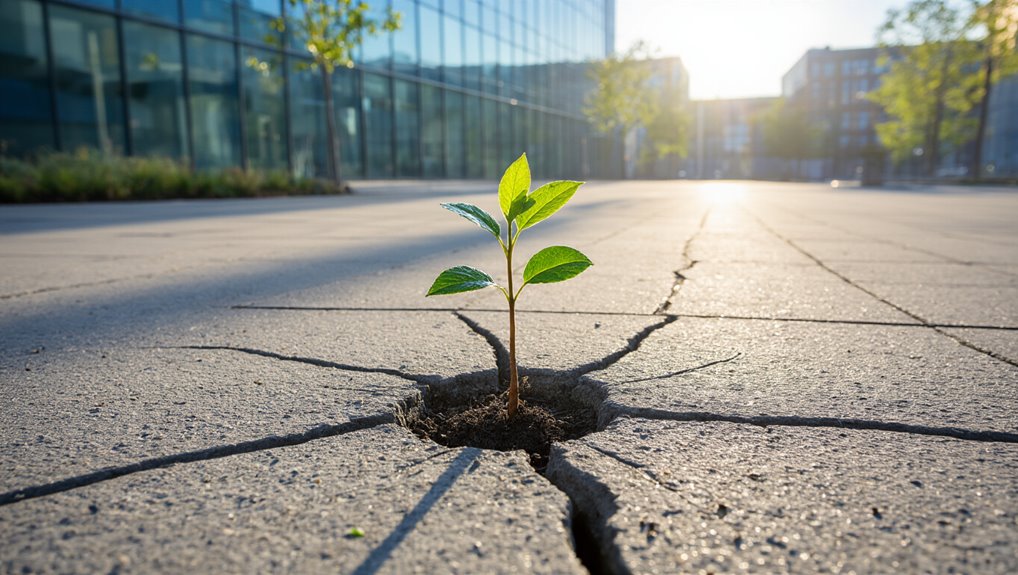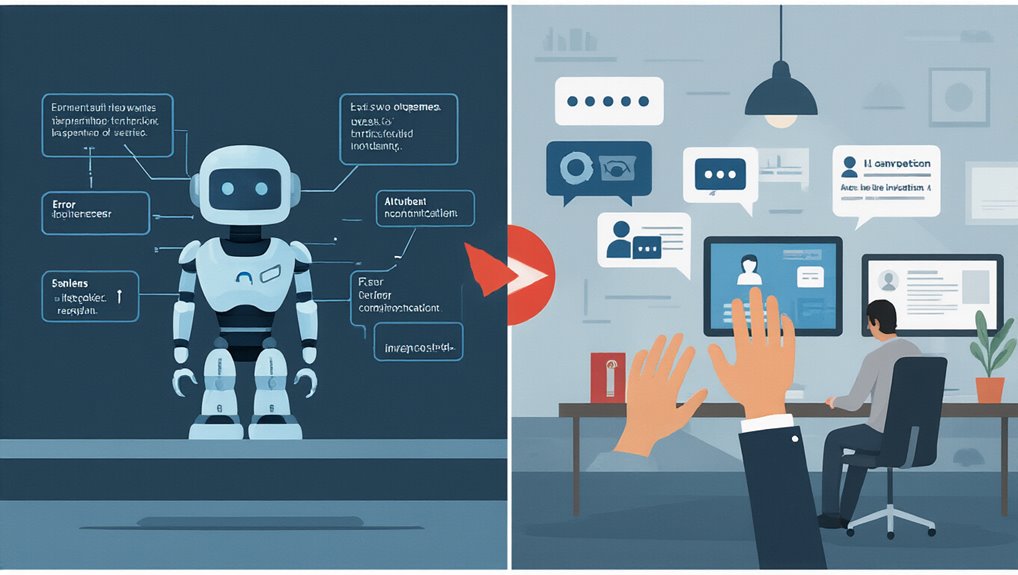Desire powers the engine of human development. Psychologists have long recognized that growth motivation—the inner drive to continuously improve oneself—fundamentally shapes human behavior and achievement. This motivation transforms limiting beliefs from “I can’t” to “I can’t yet,” establishing a foundation for ongoing learning and personal development.
The flame of desire kindles human potential, transforming impossible barriers into temporary obstacles on our journey of perpetual growth.
Most individuals naturally crave growth due to intrinsic motivation, which stems from our innate psychological needs. According to Self-Determination Theory, three core needs fuel our growth drive:
- Competence: feeling effective in our activities
- Relatedness: connecting meaningfully with others
- Autonomy: experiencing freedom in our choices
The human brain is uniquely equipped for growth with its large cerebral cortex enabling complex cognitive goals. Our extended childhood provides an extended learning period compared to other species, highlighting the evolutionary importance of sustained growth motivation.
While people universally desire growth, many struggle with its demanding reality. Growth requires:
- Consistent effort beyond comfort zones
- Willingness to face repeated failure
- Sustained practice through plateaus
- Honest self-assessment
- Tolerance for uncertainty
The conflict between wanting growth and avoiding its requirements creates a psychological tension. Maslow’s framework distinguishes between deficiency needs and growth needs, with the latter emerging only after basic survival needs are satisfied. This explains why growth motivation can fluctuate during life challenges when lower-level needs become threatened.
Interestingly, growth motivation depends on both internal drives and external support. You need environmental conditions that nurture your intrinsic motivation while challenging you appropriately. Research confirms that tangible rewards often diminish intrinsic motivation by shifting focus away from the inherent satisfaction of the activity itself. Without this balance, motivation diminishes. Experiencing eudaimonic joy becomes possible when growth motivation is properly supported and developed.
The brain’s ancient dopaminergic systems, which evolved to reward exploration and mastery, provide the neurobiological foundation for growth motivation. These systems activate during learning, creating satisfaction when you master new skills.
Understanding that growth craving is biologically normal but demanding helps explain why many desire improvement yet resist the difficult journey it requires. The path to growth isn’t just about capability—it’s about sustaining the desire to engage with challenges despite discomfort.







